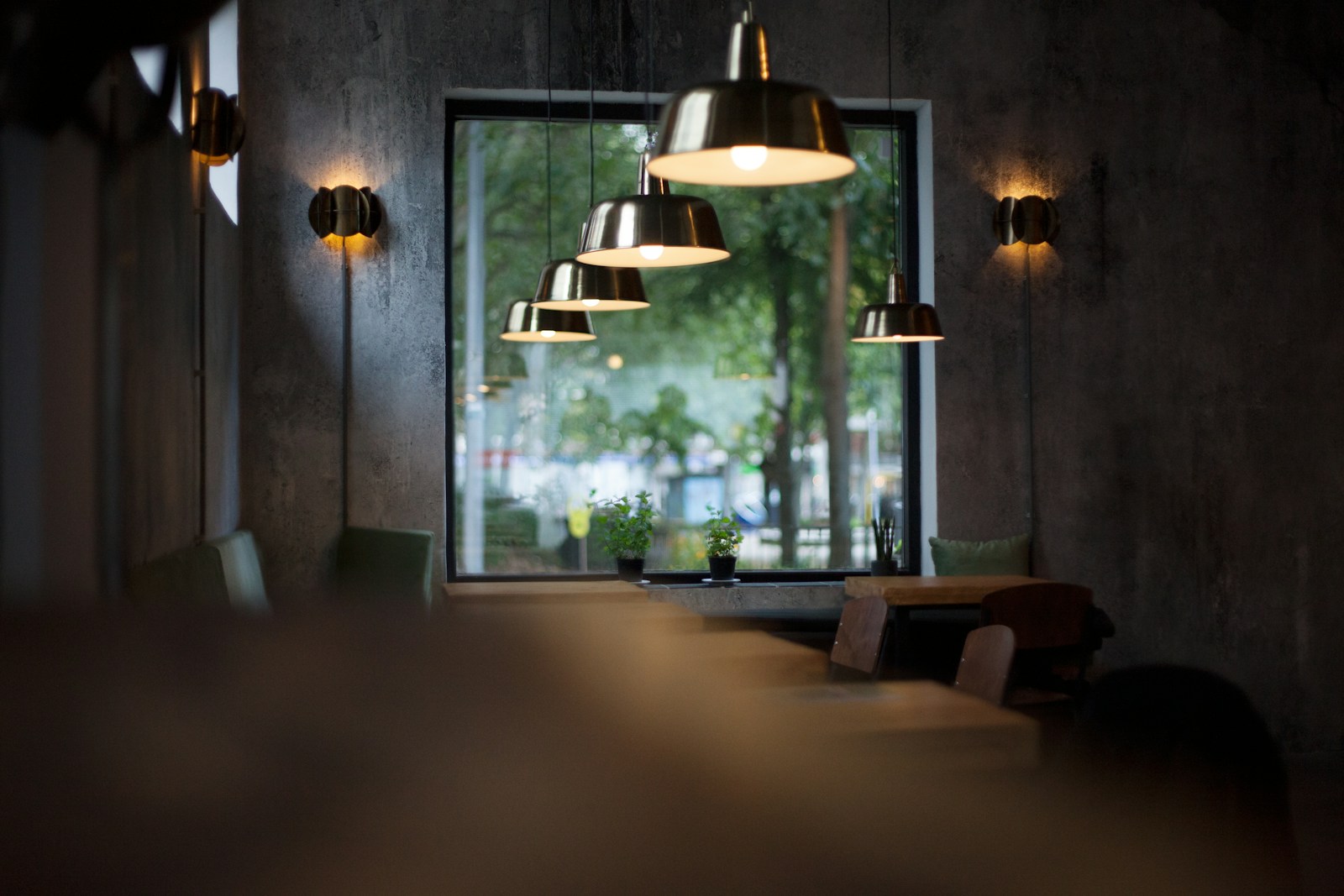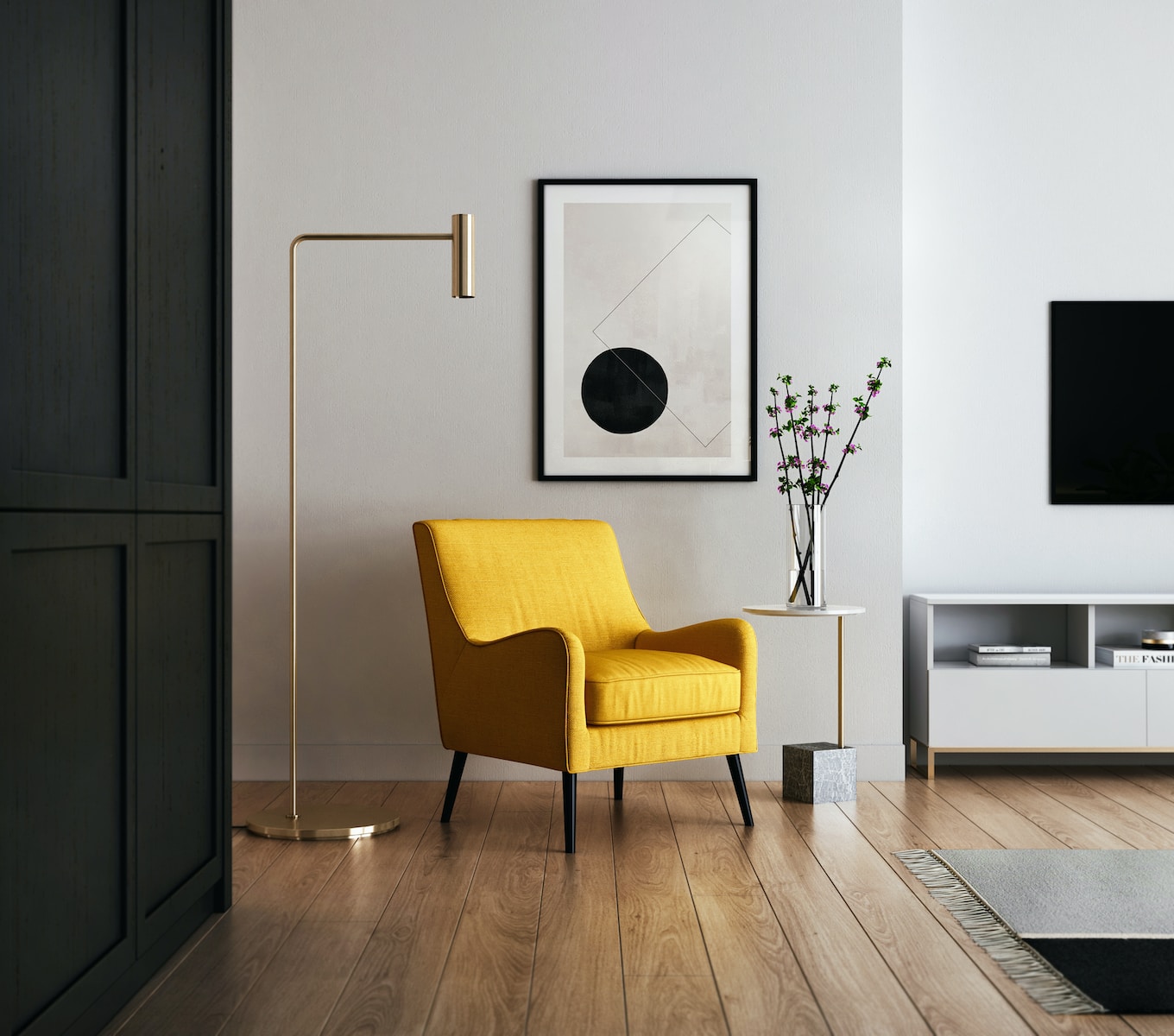Introduction:
In a world increasingly focused on sustainability and eco-conscious living, the concept of upcycling has gained significant traction. Upcycling furniture not only contributes to environmental conservation by reducing waste but also allows homeowners to infuse their spaces with unique and personalized decor. In this blog post, we will explore the creative and imaginative ways in which old furniture can be repurposed, transformed, and upcycled to breathe new life into your home.
The Art of Upcycling
Upcycling is more than just a trend; it’s a form of art that encourages us to see the potential in items others might discard. Furniture, in particular, offers a wealth of opportunities for transformation. Old chairs, tables, dressers, and even seemingly obsolete pieces can become the focal points of a room when given a second chance through upcycling.
Salvaging and Selecting the Right Pieces
Before embarking on an upcycling project, it’s crucial to carefully select the furniture pieces. Thrift stores, garage sales, and even your own attic can be treasure troves of hidden gems waiting to be rediscovered. Look for solid, well-built items with good bones that can withstand the upcycling process.
Repurposing Techniques
a) Decoupage Magic: One of the simplest yet effective upcycling techniques is decoupage. This involves applying decorative paper or fabric onto furniture surfaces using a special adhesive. Old tables, cabinets, or even plain chairs can be transformed into stunning, personalized pieces with the right choice of decoupage materials.
b) Chalk Paint Revival: Chalk paint has become a staple in the upcycling world due to its versatility and ease of use. Whether you’re giving an old dresser a shabby chic makeover or turning a worn-out coffee table into a farmhouse-style centerpiece, chalk paint provides a quick and transformative solution.
c) Mosaic Marvels: Broken tiles, discarded china, or even stained glass can find new life through mosaic upcycling. By carefully arranging these materials on tabletops or cabinet surfaces, you can create intricate and visually appealing designs that add a touch of bohemian charm to your home.
Functional Upcycling
Upcycling isn’t just about aesthetics; it’s also about functionality. Old ladders can be repurposed into stylish bookshelves, while wooden crates can become modular storage solutions. This section will explore innovative ways to turn everyday items into functional pieces that serve a dual purpose in your home.
Turning everyday items into functional pieces with dual purposes is a creative and resourceful approach to home decor. Here are some innovative ideas to inspire you:

1. Ladder Bookshelf:
Repurpose an old wooden ladder into a stylish bookshelf. Lean it against a wall, and each step becomes a shelf for books or decorative items. This not only adds a touch of vintage charm to your space but also maximizes vertical storage.
2. Drawer Shelves:
Salvage old drawers from discarded furniture and mount them on the wall to create unique shelves. Arrange the drawers in different orientations and paint or stain them for a cohesive look. These shelves can serve as a decorative display or functional storage.


3. Wine Barrel Coffee Table:
Convert a wine barrel into a coffee table by adding a flat wooden surface on top. This dual-purpose piece not only serves as a unique coffee table but also provides hidden storage space inside the barrel for blankets, magazines, or other items.
4. Suitcase Side Table:
Stack vintage suitcases to create a distinctive side table. This not only adds a touch of nostalgia to your decor but also offers concealed storage within each suitcase. Use the table surface for a lamp or other decorative items.


5. Pallet Furniture:
Repurpose wooden pallets to craft functional furniture such as a coffee table, outdoor seating, or even a bed frame. Sand and paint the pallets to match your decor, and arrange them creatively to suit your needs.
6. Crate Wall Storage:
Attach wooden crates to the wall in a modular fashion to create versatile storage units. These crates can hold books, plants, or even act as mini-shelves for organizing small items. Customize the arrangement to fit your space.


7. Bicycle Wheel Clock:
Transform an old bicycle wheel into a unique wall clock. Attach clock hands and numbers to the wheel, turning it into a functional and artistic timepiece. This not only repurposes an old item but also adds an industrial touch to your decor.
8. Piano Key Coat Rack:
Salvage piano keys from a broken piano and repurpose them into a coat rack. Mount the keys on a board, and each key becomes a hook for hanging coats, hats, or keys. This musical coat rack serves both functional and aesthetic purposes.


9. Mason Jar Pendant Lights:
Turn mason jars into pendant lights by attaching them to a wooden board or a metal frame. This DIY lighting solution not only brightens up your space but also adds a rustic and charming ambiance.
10. Door Headboard:
Repurpose an old door as a headboard for your bed. Sand and paint the door to match your bedroom decor. This not only gives your room a unique focal point but also repurposes an item that might have otherwise been discarded.

These innovative ideas demonstrate that with a bit of creativity, everyday items can be transformed into functional pieces that serve dual purposes in your home, combining sustainability with personalized and unique decor.
Upcycling Challenges and Solutions
While the world of upcycling is full of possibilities, it comes with its fair share of challenges. This section will address common obstacles such as restoring furniture structural integrity, dealing with stubborn finishes, and selecting the right sealants to ensure longevity. By providing practical solutions, readers can approach their upcycling projects with confidence.
1. Restoring Furniture Structural Integrity:
Obstacle: One common obstacle when upcycling furniture is dealing with structural issues. Over time, furniture may develop loose joints, cracks, or weakened components.
Solution:
- Assessment: Before starting any cosmetic improvements, thoroughly assess the structural integrity of the piece. Identify weak points, loose joints, or areas needing reinforcement.
- Reinforcement: Utilize wood glue and clamps to reinforce loose joints. For larger structural issues, consider adding support brackets or braces to enhance stability.
- Replacement: In cases where structural damage is irreparable, consider replacing damaged parts with new or salvaged pieces. This ensures the longevity and durability of the upcycled furniture.
2. Dealing with Stubborn Finishes:
Obstacle: Old furniture often carries stubborn finishes, including layers of paint, varnish, or stain, making the upcycling process challenging.
Solution:
- Stripping Agents: Use chemical paint strippers or eco-friendly alternatives to remove old finishes. Apply the stripping agent following the manufacturer’s instructions and use scrapers or brushes to gently remove the softened finish.
- Sanding: Employ sandpaper or a power sander to smooth surfaces and remove residual finishes. Start with coarse grit and progress to finer grits for a polished result. Sanding not only removes finishes but also prepares the surface for new treatments.
- Heat Gun: In cases of thick or stubborn finishes, a heat gun can be effective. Apply heat to soften the finish, making it easier to scrape away. Exercise caution to avoid damaging the wood.
3. Selecting the Right Sealants for Longevity:
Obstacle: Choosing the wrong sealant can jeopardize the longevity of upcycled furniture. Without proper protection, the piece may be susceptible to damage from moisture, sunlight, or wear and tear.
Solution:
- Wood Sealers and Varnishes: Select a high-quality wood sealer or varnish appropriate for the furniture’s use. For pieces exposed to moisture, opt for water-resistant sealants. UV-resistant varnishes are crucial for items placed in direct sunlight to prevent discoloration.
- Oil Finishes: Consider natural oil finishes like tung oil or linseed oil for a more organic look. These finishes penetrate the wood, providing protection without forming a thick layer. Reapply oil finishes periodically to maintain protection.
- Polyurethane Coatings: For heavy-use furniture, polyurethane coatings offer a durable and protective finish. They provide a hard, glossy surface that withstands daily wear and tear.
- Wax: Wax can be an excellent finishing touch, providing a subtle sheen and added protection. While not as durable as some other sealants, it’s easily renewable with periodic reapplication.
Additional Tips:
- Preparation is Key: Properly prepare the furniture surface before applying any sealant. Ensure it’s clean, dry, and free of dust to promote optimal adhesion.
- Testing: Before applying any finish or sealant to the entire piece, perform a test in an inconspicuous area to ensure compatibility and the desired result.
- Multiple Layers: Consider applying multiple thin layers of sealant, allowing each coat to dry thoroughly. This ensures even coverage and enhances the protective properties of the finish.
Addressing these common obstacles in the upcycling process ensures that the furniture not only looks revitalized but also maintains its structural integrity and aesthetic appeal for the long term.
Personal Stories and Inspirations
To further inspire readers, this section will showcase real-life stories of individuals who have successfully upcycled furniture to enhance their living spaces. These stories will serve as testaments to the transformative power of upcycling, encouraging others to embark on their creative journeys.
Story 1: “From Neglected Dresser to Bohemian Chic Masterpiece”
Meet Sarah, a passionate DIY enthusiast who found an old, battered dresser at a local thrift store. Determined to add a unique touch to her bedroom, Sarah decided to transform the forgotten piece. After sanding away years of wear, she embraced a bohemian aesthetic by decoupaging vibrant, patterned fabric onto the drawer fronts. The result? A once-neglected dresser became a stunning, personalized masterpiece, adding a burst of color and personality to Sarah’s living space.
Sarah’s Takeaway: “Upcycling is not just about salvaging old furniture; it’s about infusing your personality into every piece. My dresser tells a story of creativity and self-expression, and it’s a daily reminder of the beauty that can emerge from the discarded.”
Story 2: “The Vintage Suitcase Side Table Saga”
John, an avid traveler and vintage enthusiast, stumbled upon a set of worn-out suitcases in his grandfather’s attic. Instead of letting them gather dust, he decided to repurpose them into functional side tables. By stacking the suitcases and securing them with vintage leather belts, John created a charming and eclectic side table with hidden storage. The suitcases not only serve as a reminder of past adventures but also add a touch of nostalgia to his living room.
John’s Takeaway: “Every piece of furniture has a story waiting to be told. By upcycling these suitcases, I’ve turned my living space into a gallery of memories. It’s a functional and sentimental addition that sparks conversations and brings a unique character to my home.”
Story 3: “Piano Key Coat Rack: A Musical Accent”
Lisa, a music lover, inherited an old piano that was beyond repair. Rather than discarding it, she decided to preserve its legacy in a creative way. Lisa carefully removed the piano keys and mounted them on a wooden board, turning them into hooks for a coat rack. The result was not just a functional piece but a harmonious blend of art and utility, transforming the hallway into a unique musical space.
Lisa’s Takeaway: “Upcycling is about honoring the past while creating something new. Every time I hang a coat, I’m reminded of the beautiful music that piano once produced. It’s a tribute to the instrument’s history and a functional addition to my home.”
Story 4: “The Pallet Furniture Revolution”
David, a sustainability advocate, embraced the challenge of furnishing his patio without contributing to environmental waste. He collected discarded pallets and, with a few tools and creative ingenuity, transformed them into a stylish outdoor lounge set. Sanding and staining the pallets gave them a polished finish, and strategically placed cushions turned them into comfortable seating. David’s patio not only became an eco-friendly haven but also a testament to the transformative power of upcycling.
David’s Takeaway: “Upcycling is not just a personal project; it’s a contribution to a sustainable future. The pallet furniture not only saved me money but also reduced waste. It’s a constant reminder that small efforts can make a big impact on the environment.”
Story 5: “Wine Barrel Coffee Table: A Toast to Creativity”
Sophie, a wine enthusiast, acquired an old wine barrel that had served its purpose in a vineyard. Instead of letting it go to waste, she turned it into a coffee table. Sophie added a flat wooden surface to the barrel top, creating a functional and stylish centerpiece for her living room. The wine stains and natural wood tones became a conversation starter, blending rustic charm with a touch of sophistication.
Sophie’s Takeaway: “Upcycling allows us to see the potential in unexpected places. My wine barrel coffee table is not just furniture; it’s a symbol of craftsmanship, sustainability, and the joy of repurposing. It’s a proud statement in my living space.”
These real-life stories showcase the diverse ways in which individuals have turned ordinary furniture pieces into extraordinary, meaningful additions to their living spaces. Each tale reflects the creativity, sentimentality, and commitment to sustainability that make upcycling a truly enriching experience.
Conclusion:
Upcycling furniture is more than a trend; it’s a sustainable and creative lifestyle choice that allows individuals to make a positive impact on the environment while expressing their unique style. By exploring various upcycling techniques, salvaging forgotten treasures, and repurposing items for both aesthetic and functional purposes, anyone can turn their home into a haven of sustainability and personal expression. Embrace the art of upcycling and witness the magic of giving old furniture a new lease on life.




